Which statement is correct for ionic bond?
(a) It is non-directional .
(b) It is formed by overlapping of orbitals
(b) It is formed by overlapping of orbitals.
(c ) it is formed by the elements with same EN
(d) Both (a) and (b) are correct .
The correct Answer is:a
To determine which statement is correct for ionic bonds, let's analyze each option step by step.
Step 1: Analyze Option (a)
Statement: It is non-directional.
- Ionic bonds are characterized by the electrostatic attraction between positively and negatively charged ions. In a crystal lattice, such as in sodium chloride (NaCl), each ion is surrounded by ions of opposite charge from all directions.
- This arrangement indicates that ionic bonds do not have a specific direction; they are uniform in all directions around the ion.
Conclusion: Option (a) is correct.
Step 2: Analyze Option (b)
Statement: It is formed by overlapping of orbitals.
- Ionic bonds are not formed by the overlapping of orbitals. Instead, they are formed through the transfer of electrons from one atom (usually a metal) to another atom (usually a non-metal).
- Overlapping of orbitals is a characteristic of covalent bonds, where atoms share electrons.
Conclusion: Option (b) is incorrect.
Step 3: Analyze Option (c)
Statement: It is formed by the elements with the same electronegativity.
- Ionic bonds typically form between elements with significantly different electronegativities, such as a metal and a non-metal. For example, sodium (Na) has low electronegativity and chlorine (Cl) has high electronegativity.
- When these elements react, sodium donates an electron to chlorine, resulting in the formation of Na+ and Cl- ions. Therefore, they do not have the same electronegativity.
Conclusion: Option (c) is incorrect.
Step 4: Analyze Option (d)
Statement: Both (a) and (b) are correct.
- Since we have established that option (a) is correct and option (b) is incorrect, this statement cannot be true.
Conclusion: Option (d) is incorrect.
Final Answer
The correct statement for ionic bonds is (a) It is non-directional.
---
Statement: It is non-directional.
- This arrangement indicates that ionic bonds do not have a specific direction; they are uniform in all directions around the ion.
Statement: It is formed by overlapping of orbitals.
- Overlapping of orbitals is a characteristic of covalent bonds, where atoms share electrons.
Statement: It is formed by the elements with the same electronegativity.
- When these elements react, sodium donates an electron to chlorine, resulting in the formation of Na+ and Cl- ions. Therefore, they do not have the same electronegativity.
Statement: Both (a) and (b) are correct.
The correct statement for ionic bonds is (a) It is non-directional.
Topper's Solved these Questions
- CHEMICAL BONDING AND MOLECULAR STRUCTUREBOOK - CENGAGE CHEMISTRYCHAPTER - CHEMICAL BONDING AND MOLECULAR STRUCTUREEXERCISE - Solved Examples
36 Videos
- CHEMICAL BONDING AND MOLECULAR STRUCTUREBOOK - CENGAGE CHEMISTRYCHAPTER - CHEMICAL BONDING AND MOLECULAR STRUCTUREEXERCISE - Ex 2 .2 Subjective (Intermolecular Forces And H-Bonding)
7 Videos
- ATOMIC STRUCTUREBOOK - CENGAGE CHEMISTRYCHAPTER - ATOMIC STRUCTUREEXERCISE - Concept Applicationexercise(4.3)
19 Videos
- CHEMICAL EQUILIBRIUMBOOK - CENGAGE CHEMISTRYCHAPTER - CHEMICAL EQUILIBRIUMEXERCISE - Archives (Subjective)
11 Videos
Similar Questions
Knowledge Check
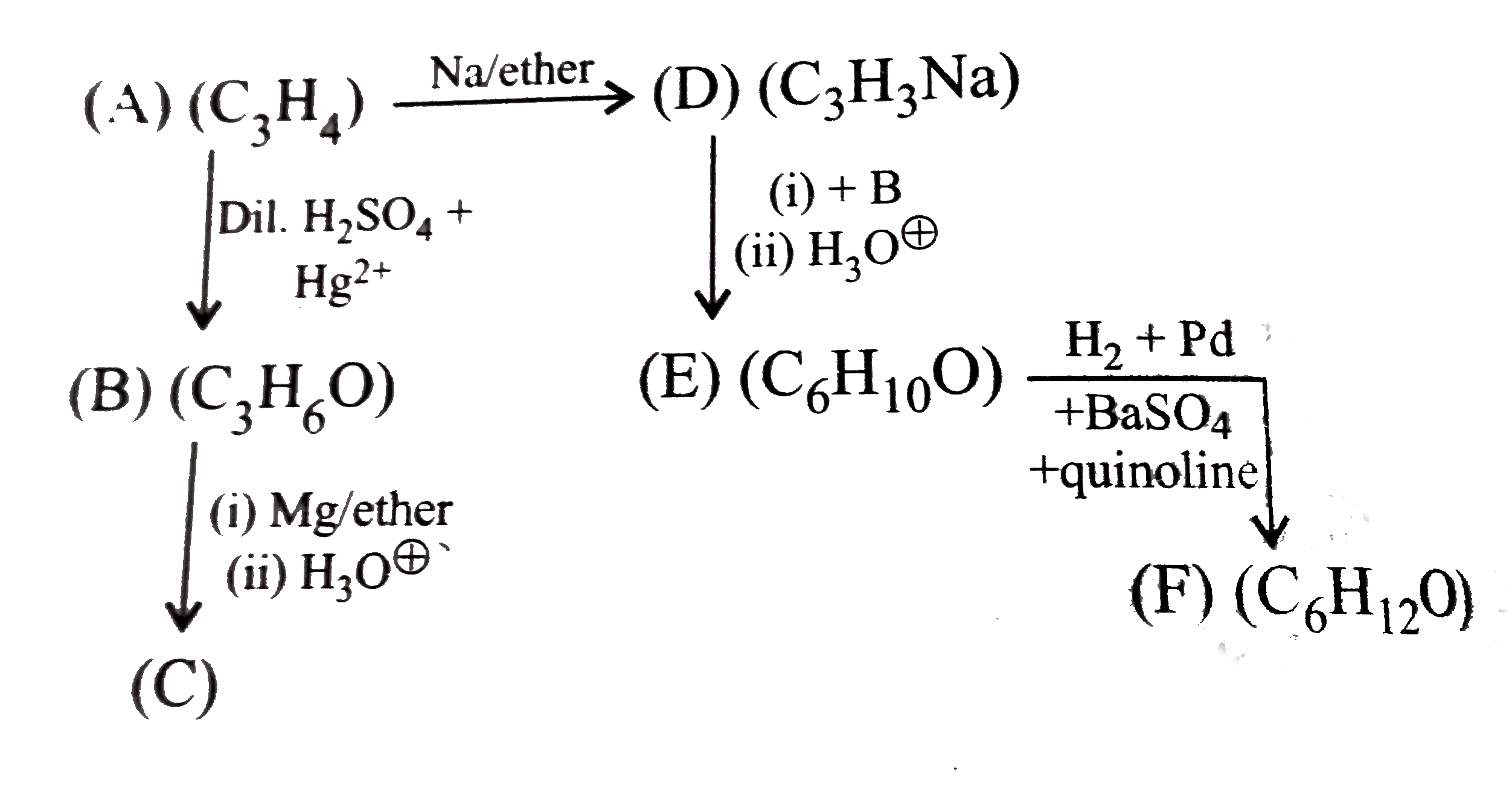
Which statement is correct for the formation of (B) form (A) ?AThe formation of (B) involves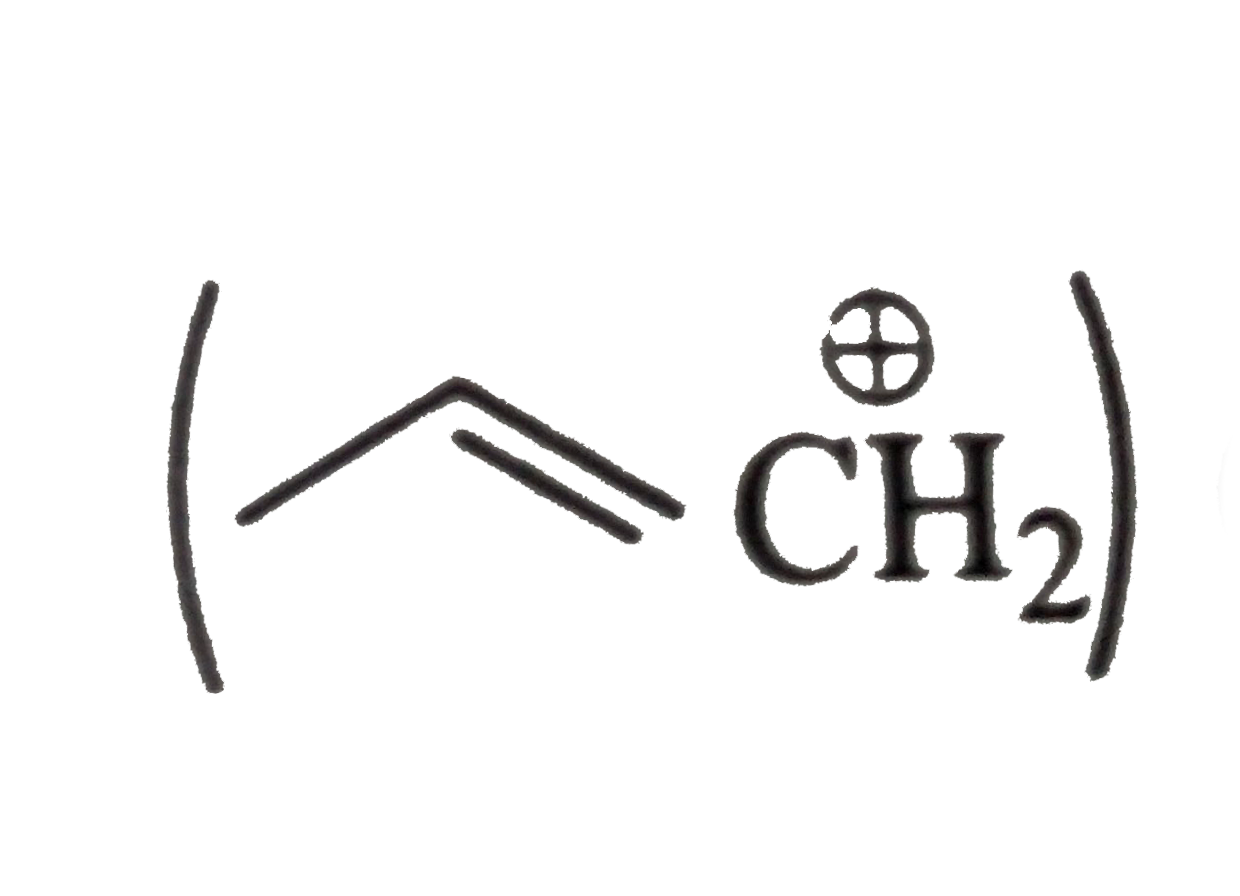 (allyl carbocation) intermediate.BThe formation of (B) involves
(allyl carbocation) intermediate.BThe formation of (B) involves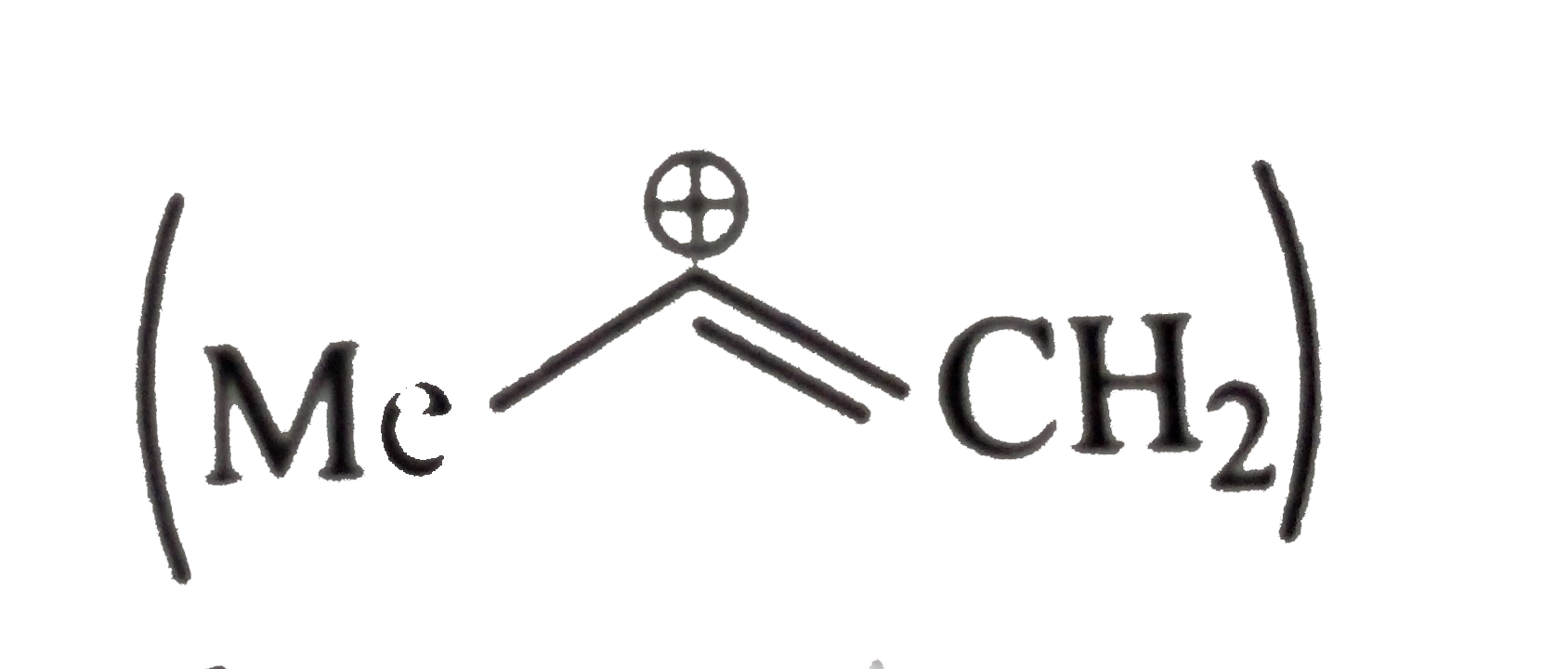
carbocation as kinetically controlled product.CThe formation of (B) involves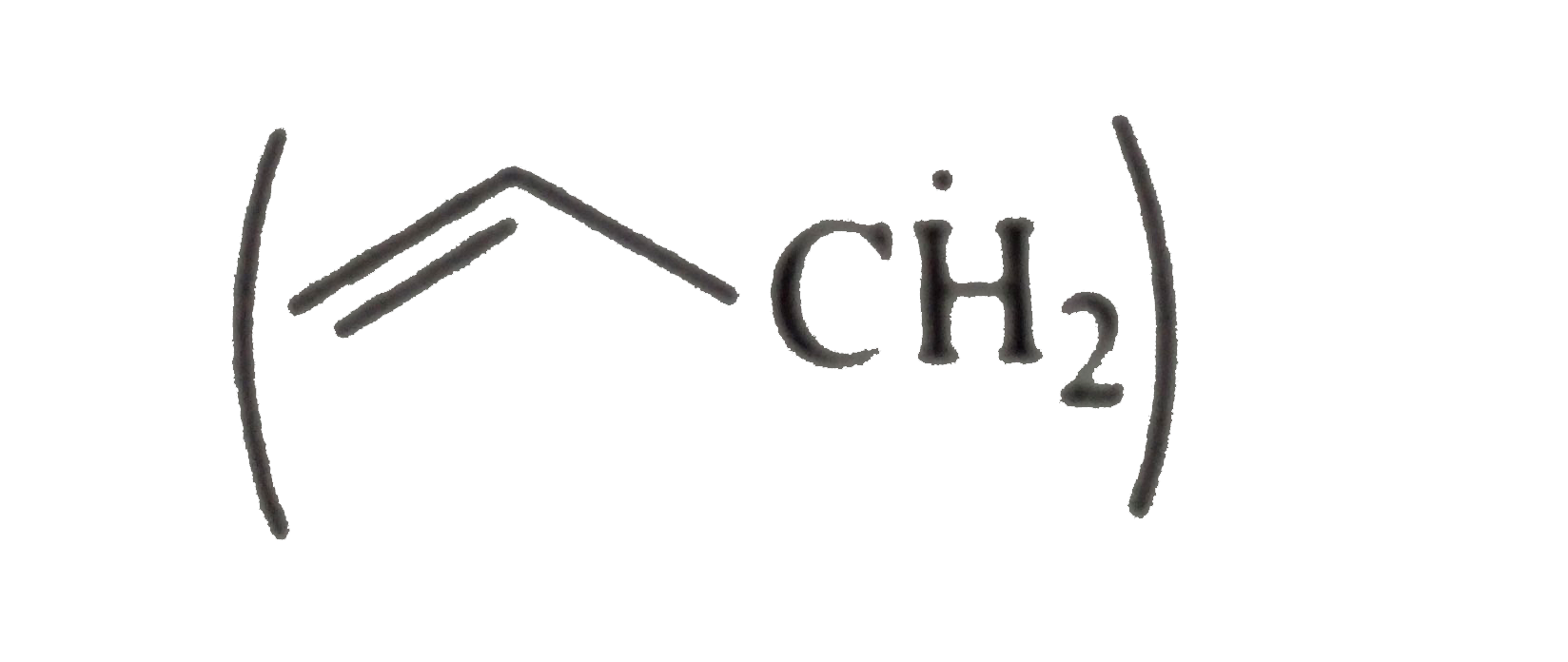 (allyl radical) intermediate.DThe formation of (B) involves
(allyl radical) intermediate.DThe formation of (B) involves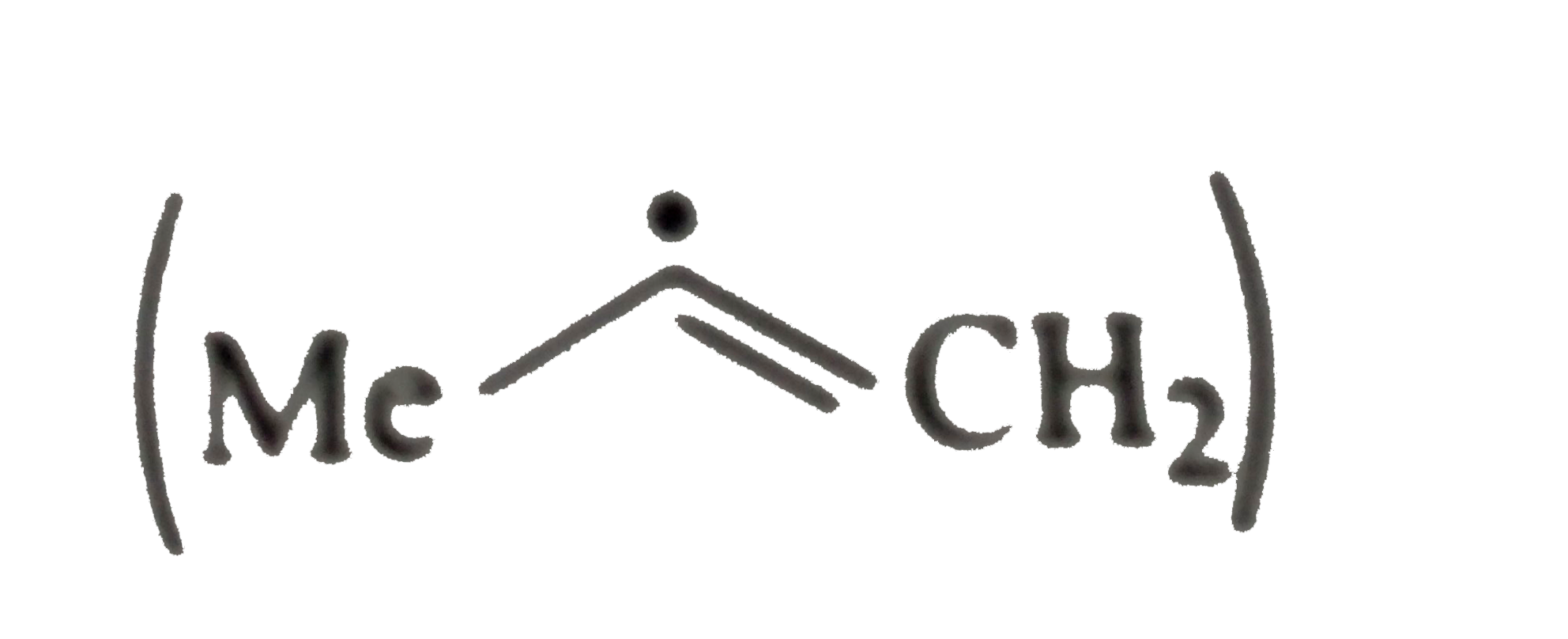 radical as kinetically controlled product.
radical as kinetically controlled product.Sideways overlap of p−p orbitals forms
Asigma-bondBpi-bondCcoordinate bondDH-bondThe strength of bonds formed by overlapping of atomic orbitals is in the order .
As−s>s−p>p−pBs−s>p−p>s−pCs−p>s−s>p−pDp−p>s−s>s−p
The strength of bonds formed by overlapping of atomic orbitals is in the order:
View SolutionSideways overlap of p−p orbitals forms
View SolutionAssertion (A): Pi bond is never formed alone. It is formed along with a sigma bond
Reason (R): Pi bond is formed by sideway overlap of p- orbitals only.
View Solution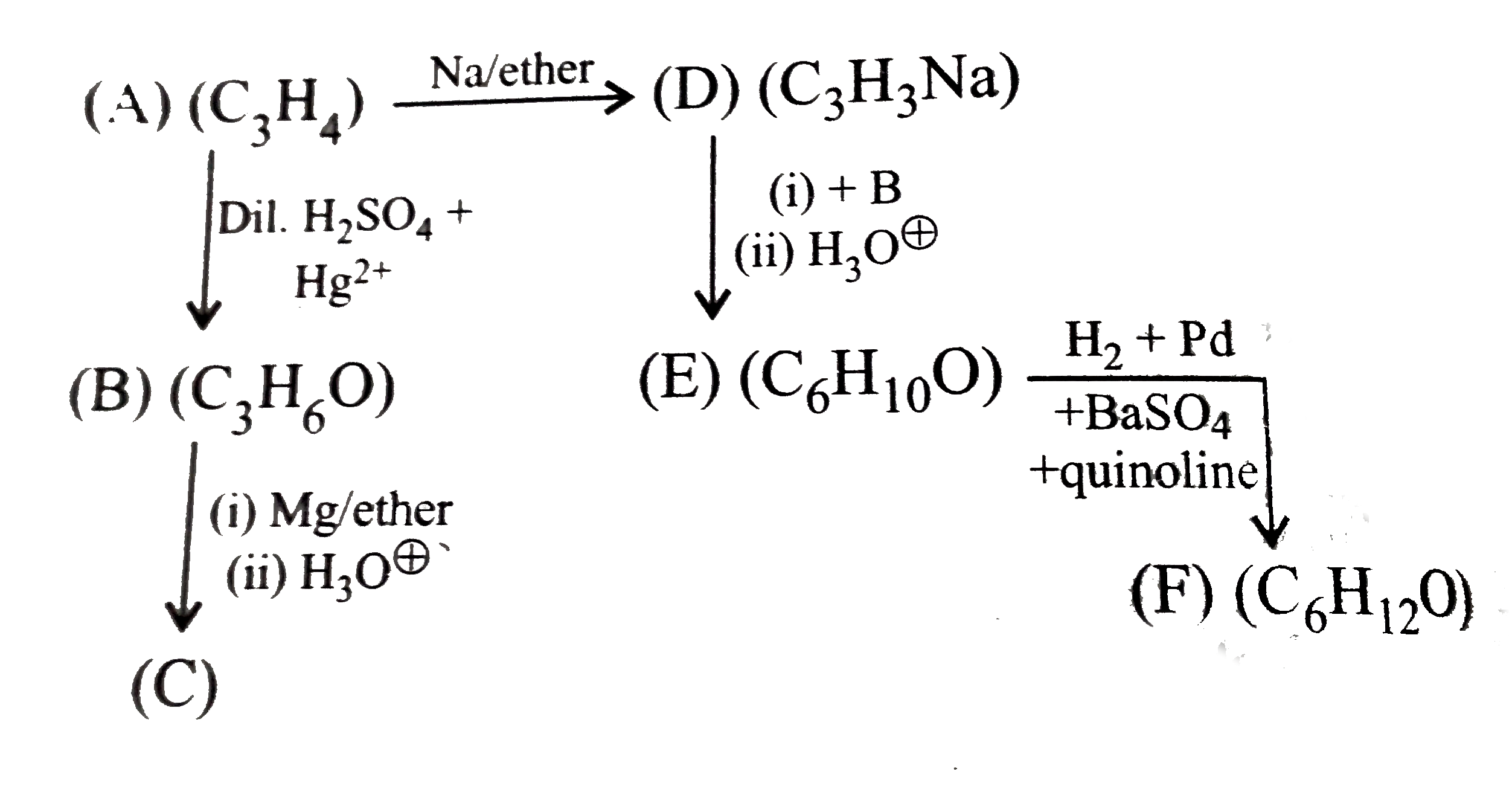
Which of the following statements is correct for the formtion of (C ) form (B) ?
View Solutionpy-orbital can not form π -bond by lateral overlap with :
View Solution
